This exhibition looks at the life of the last great Assyrian ruler. On display are sculptures from the king’s palace at Nineveh, chronicling military feats such as the conquest of Egypt, as well as cuneiform manuscripts from his famous library – the largest in the world at the time. A section will also present the work of the Iraq Emergency Heritage Management Training Scene, developed by the museum to train archaeologists in Iraq; many of the pieces in the exhibition come from Iraqi sites that were targeted for destruction by ISIS. Find out more about the exhibition from the British Museum’s website.
Preview the exhibition below | See Apollo’s Picks of the Week here
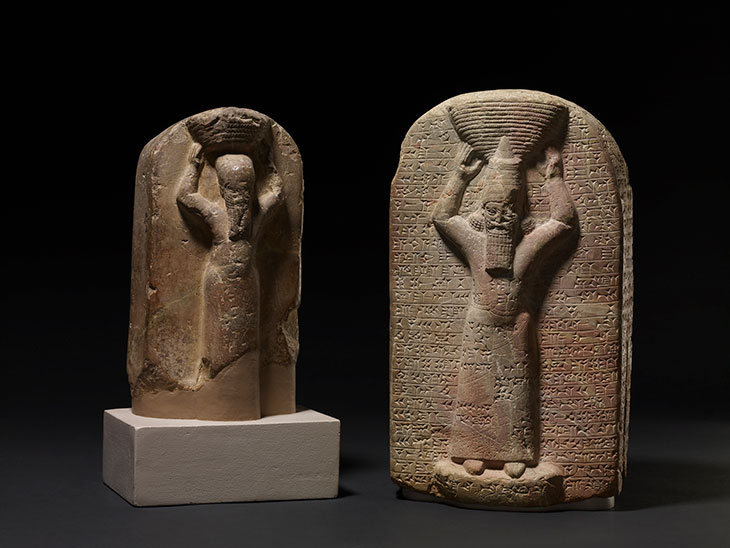
Stone stele depicting Ashurbanipal (right), shown with a ritual basket on his head with cuneiform inscription (668–65 BC), South Iraq, Marduk temple (Babylon). His brother Shamash-shumu-ukin (left) carved with cuneiform inscription (668–55 BC), South Iraq, Temple of Nabu (Borsippa). © The Trustees of the British Museum

Granite sphinx of Taharqo (c. 680 BC), Kawa, Sudan. © The Trustees of the British Museum

Discovery of Nimrud (mid 19th century), Frederick Charles Cooper. © The Trustees of the British Museum

Photograph of Iraqi archaeologists undertaking training as part of the British Museum’s Iraq Emergency Heritage Management Training Scheme. © The Trustees of the British Museum



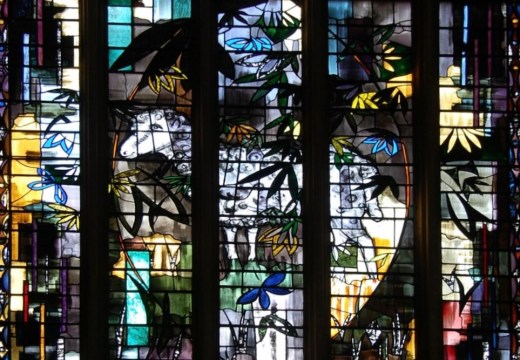


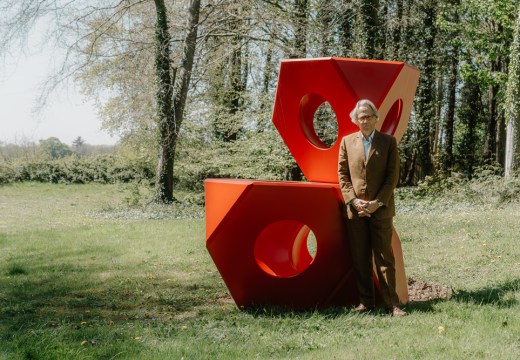

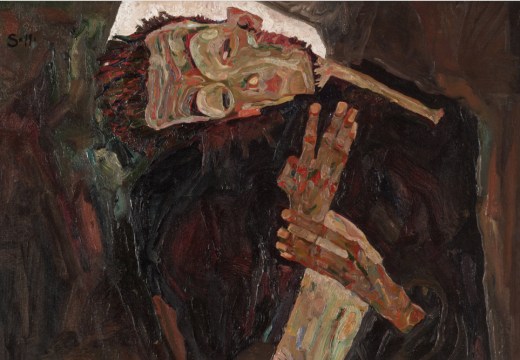

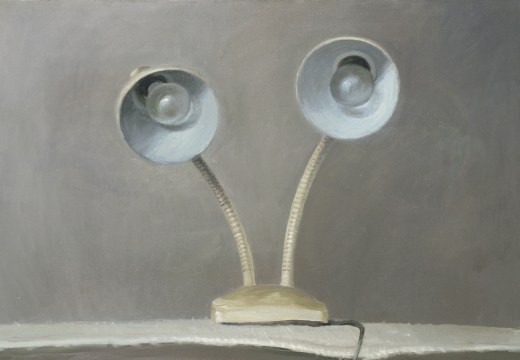
![Masterpiece [Re]discovery 2022. Photo: Ben Fisher Photography, courtesy of Masterpiece London](https://apollo-magazine.com/wp-content/uploads/2022/07/MPL2022_4263.jpg)
‘A revolutionary flame burned bright within him’: David Bindman (1940–2025)